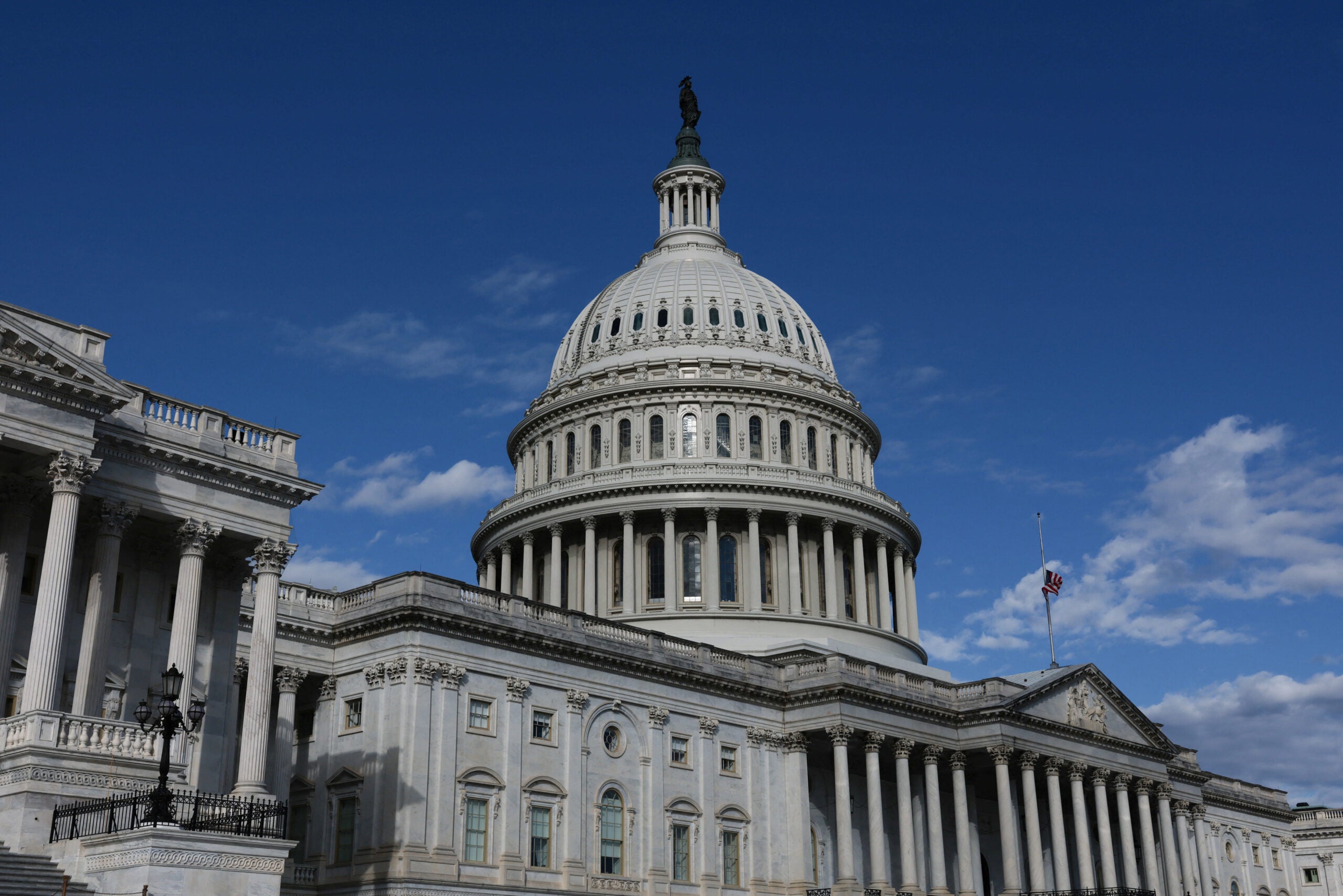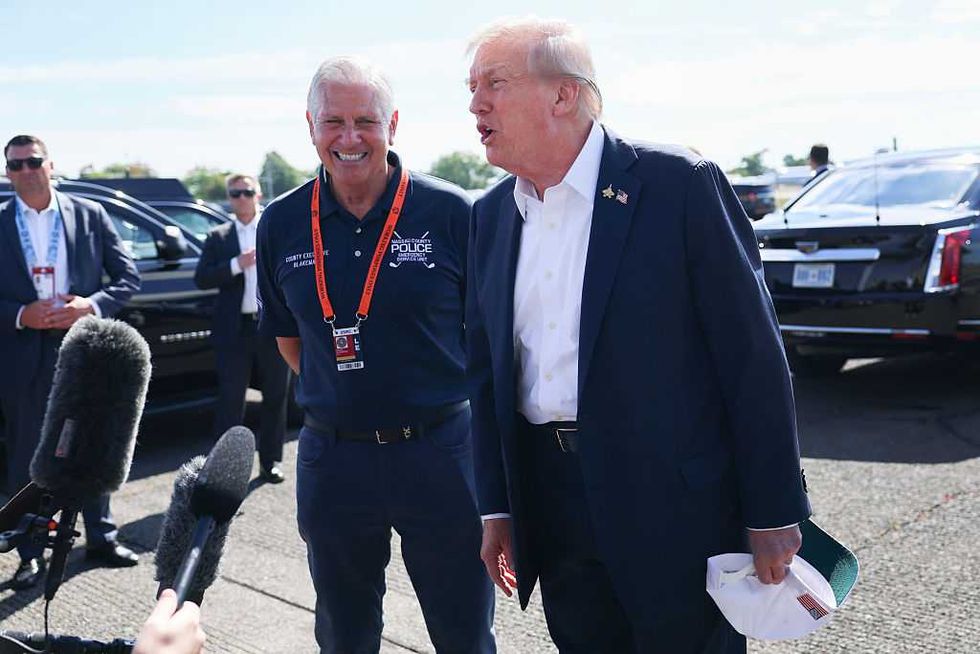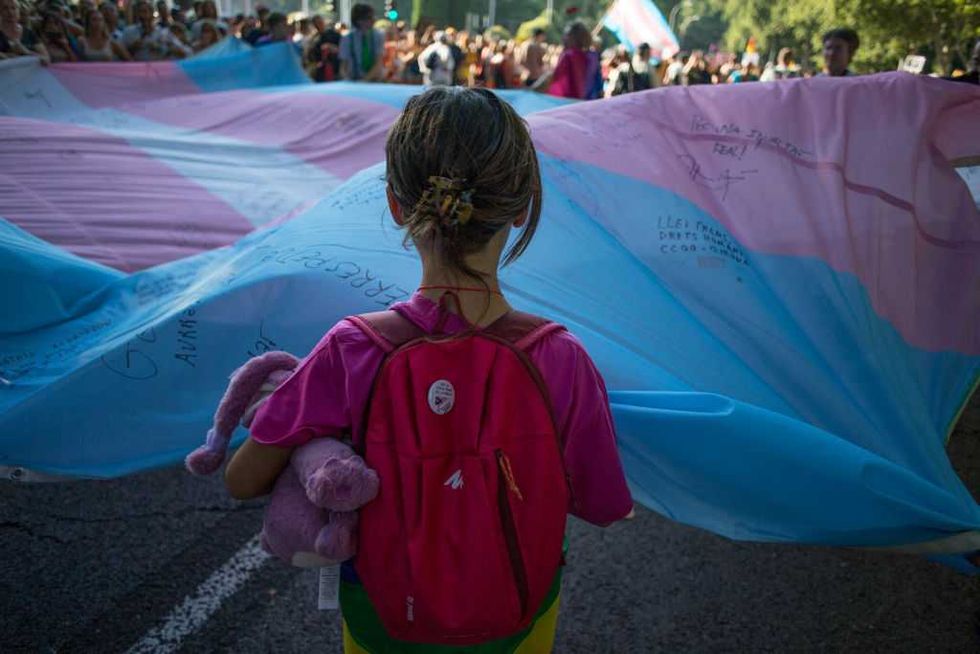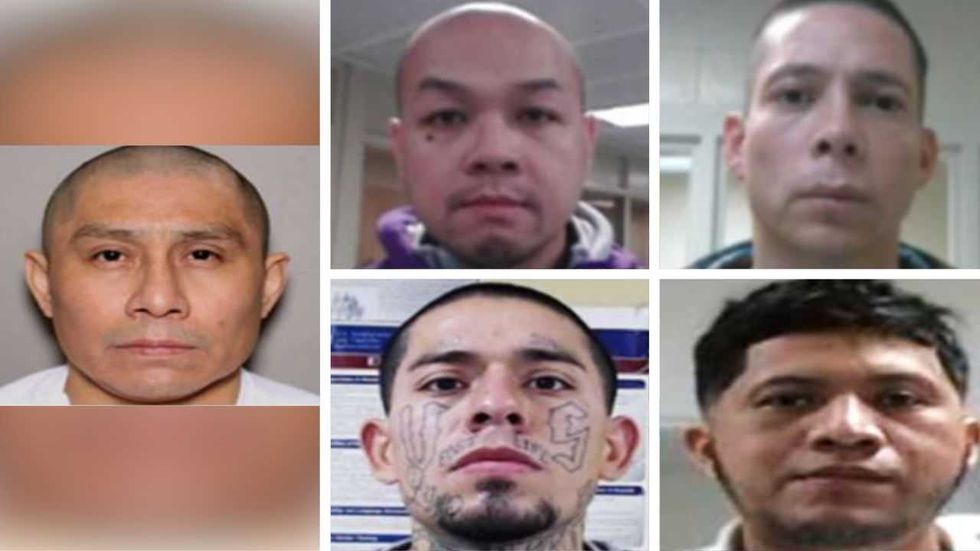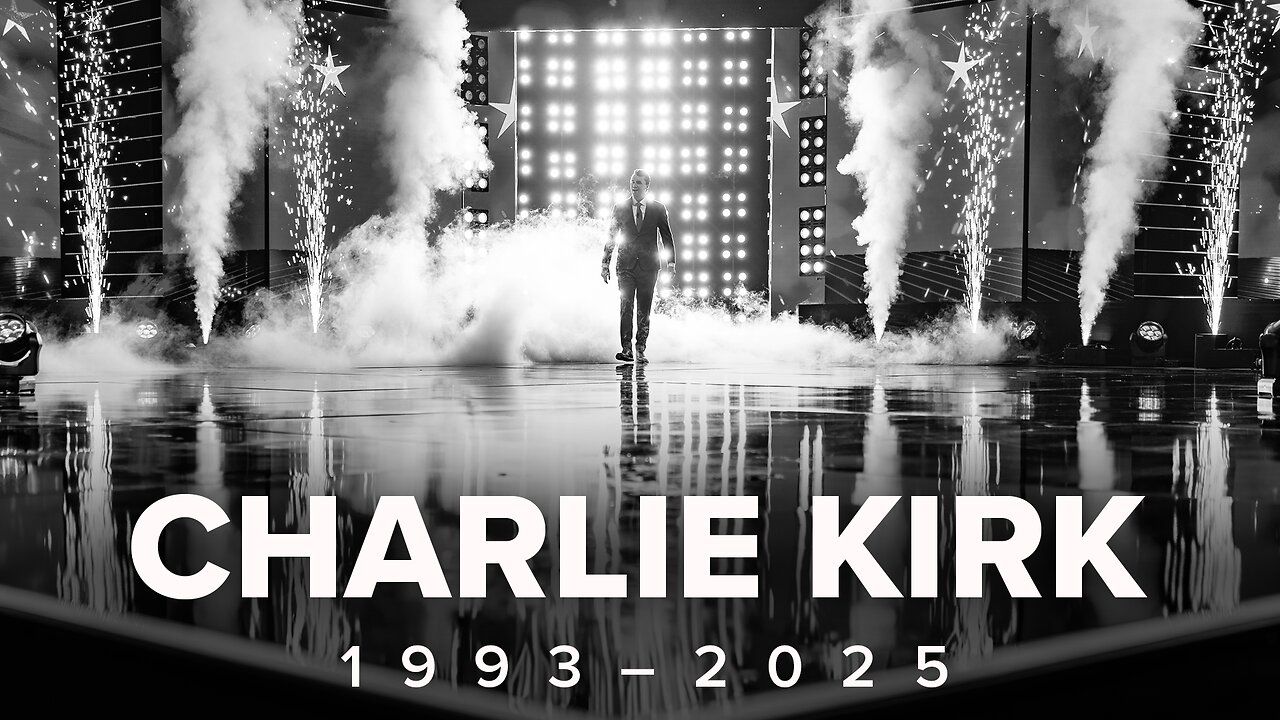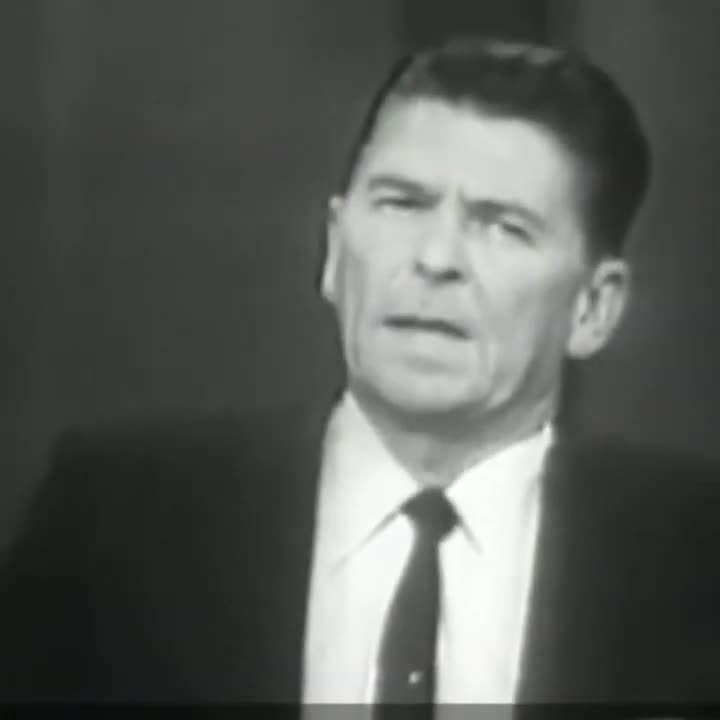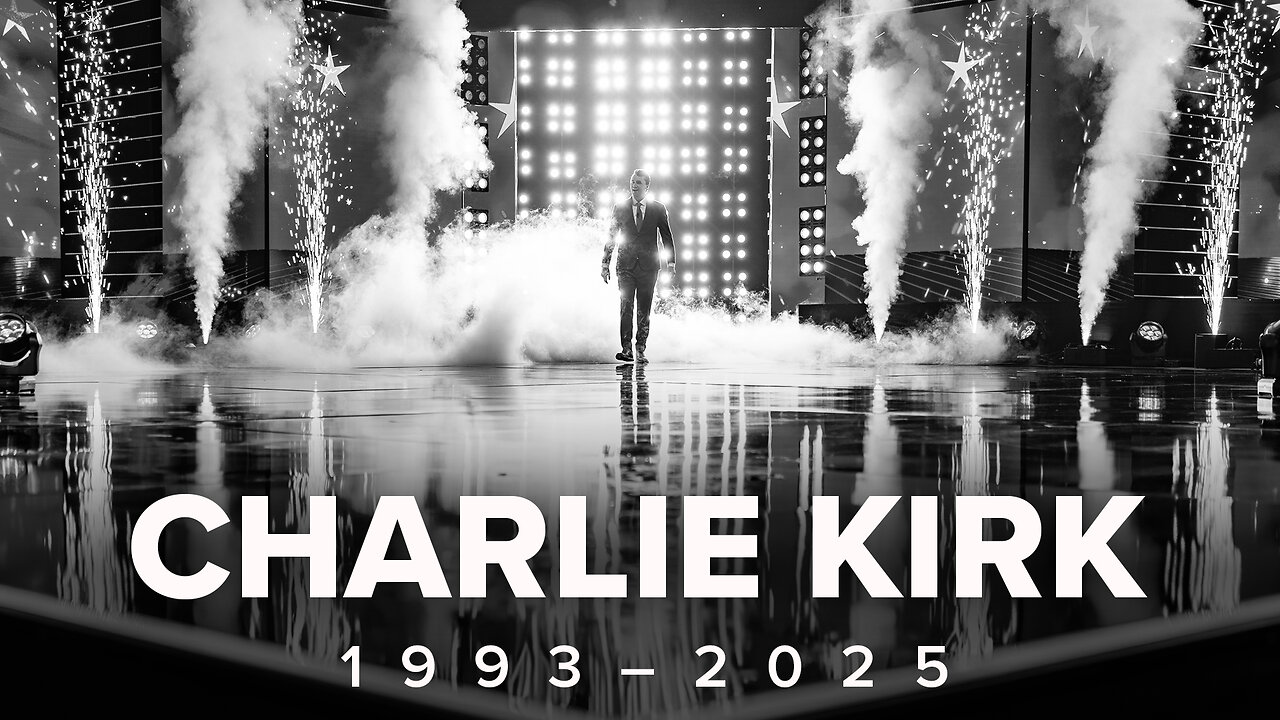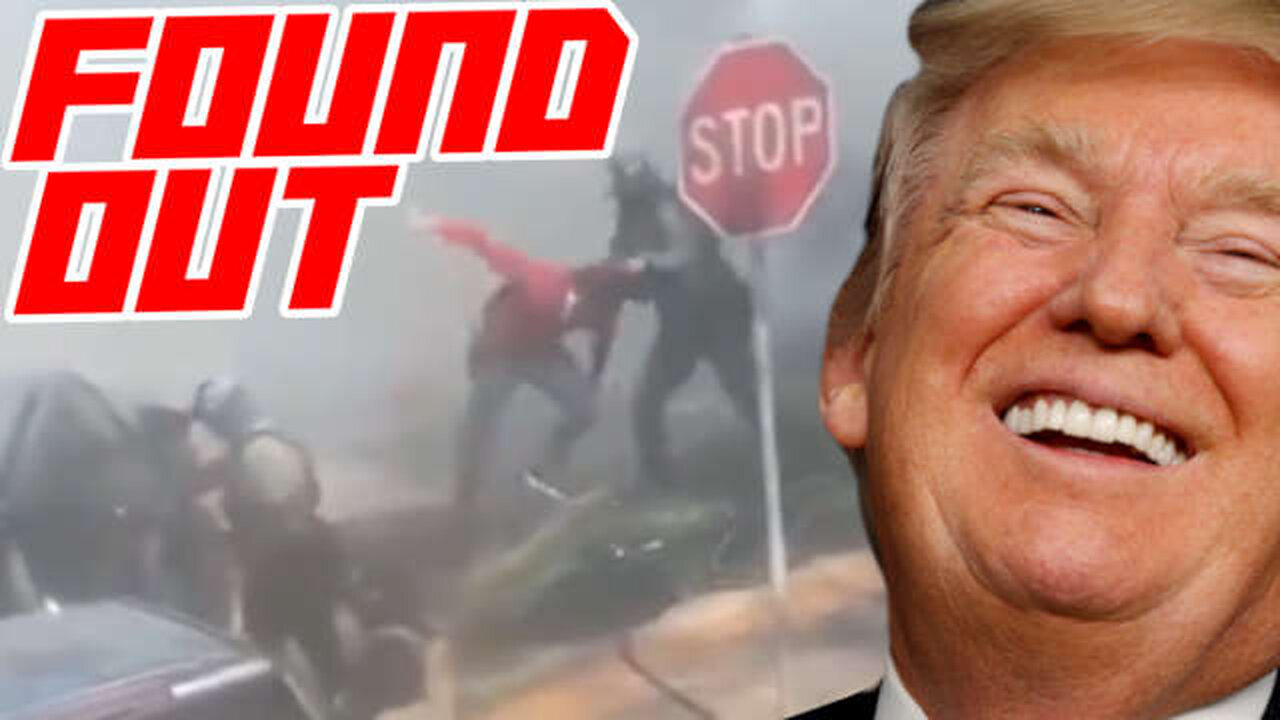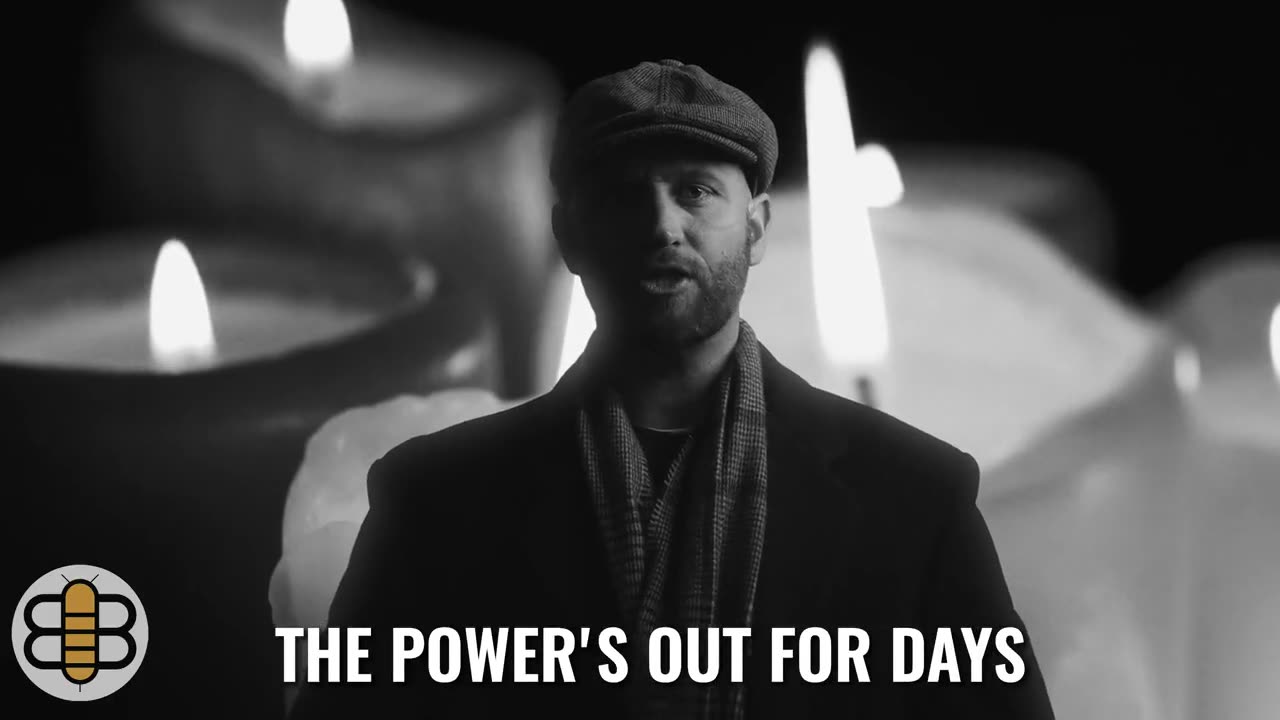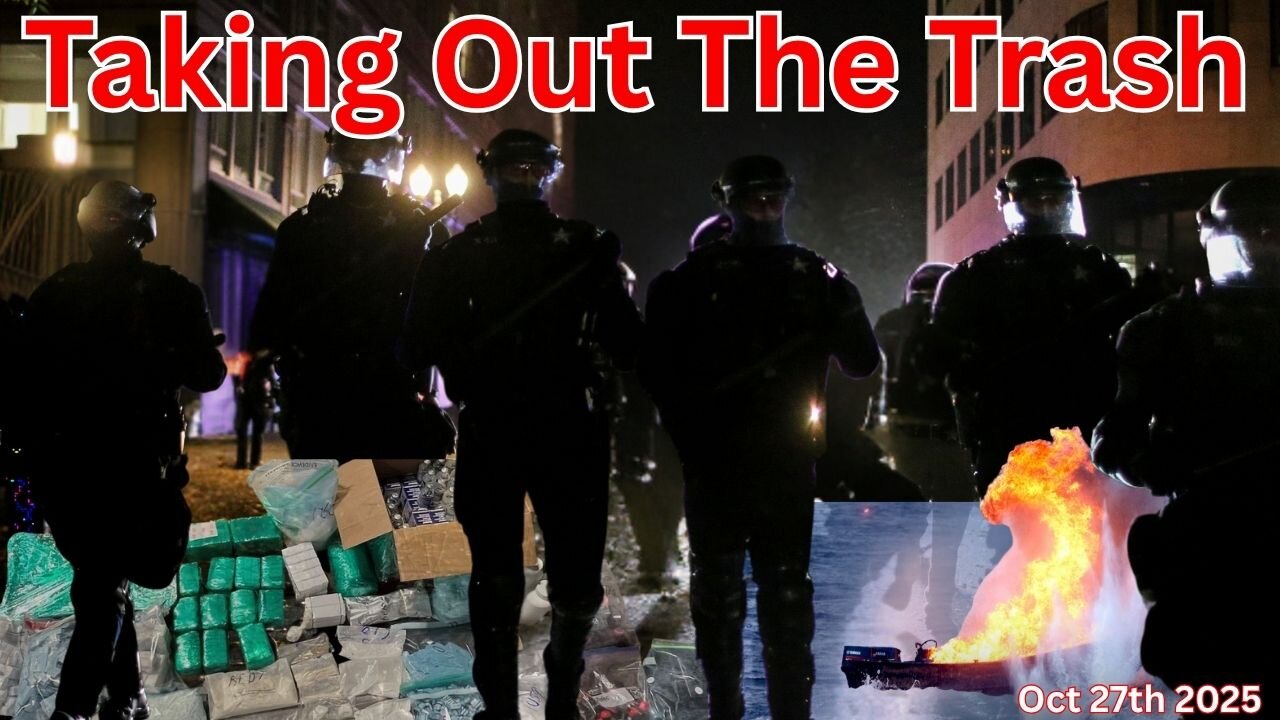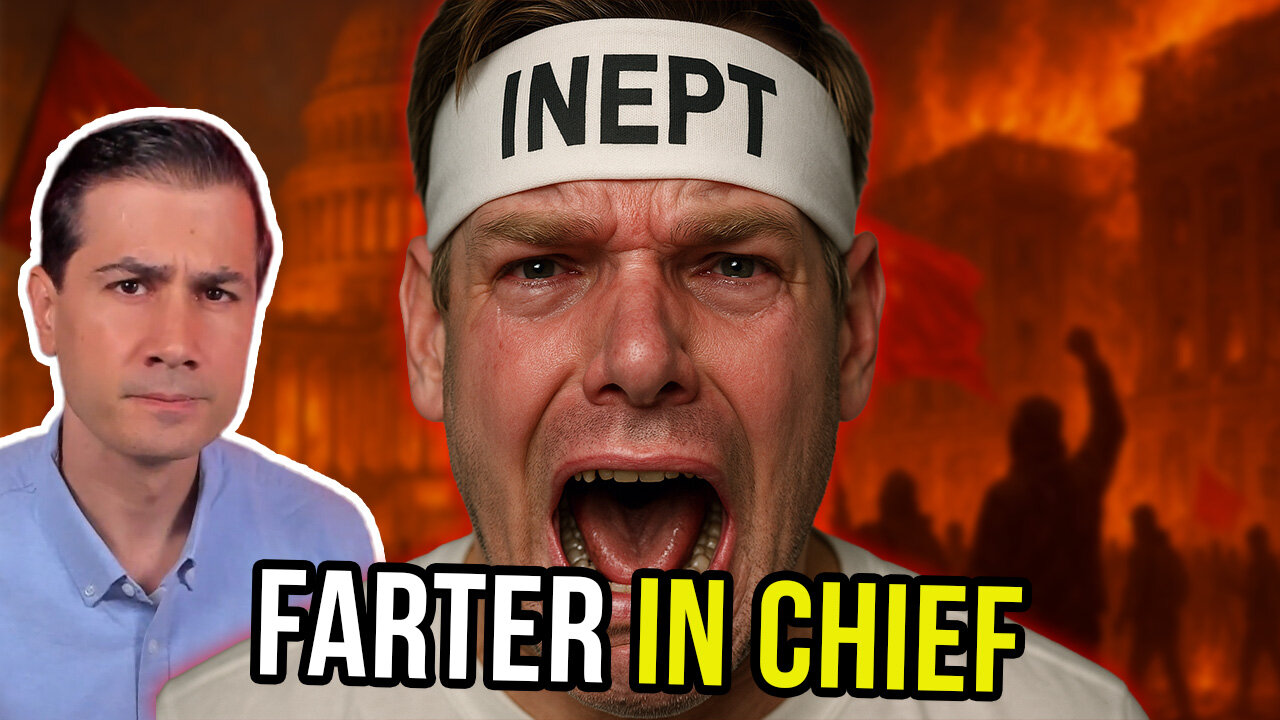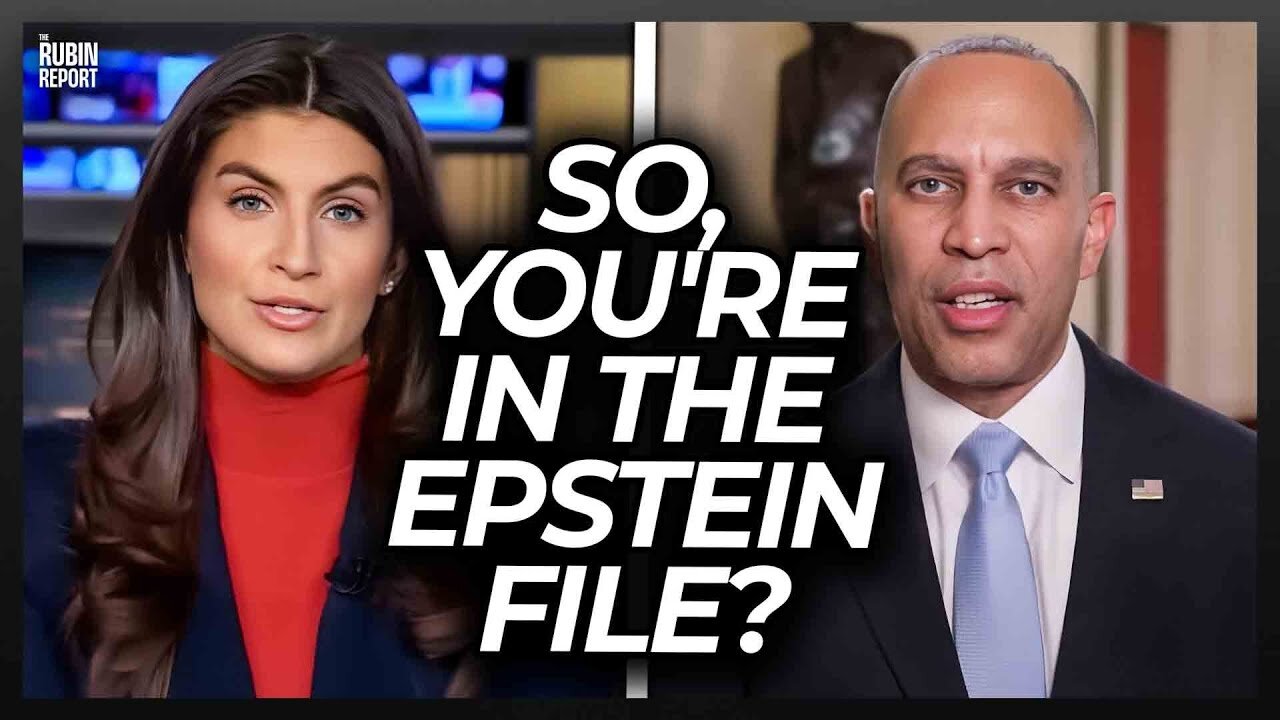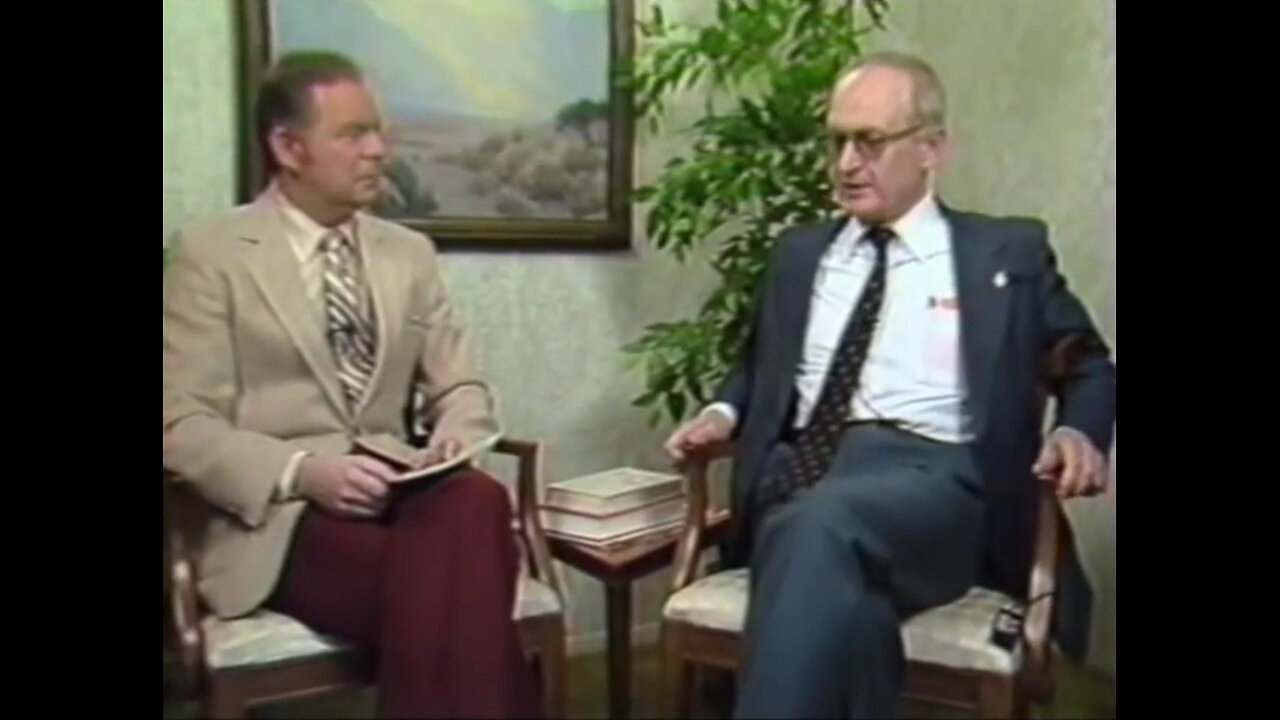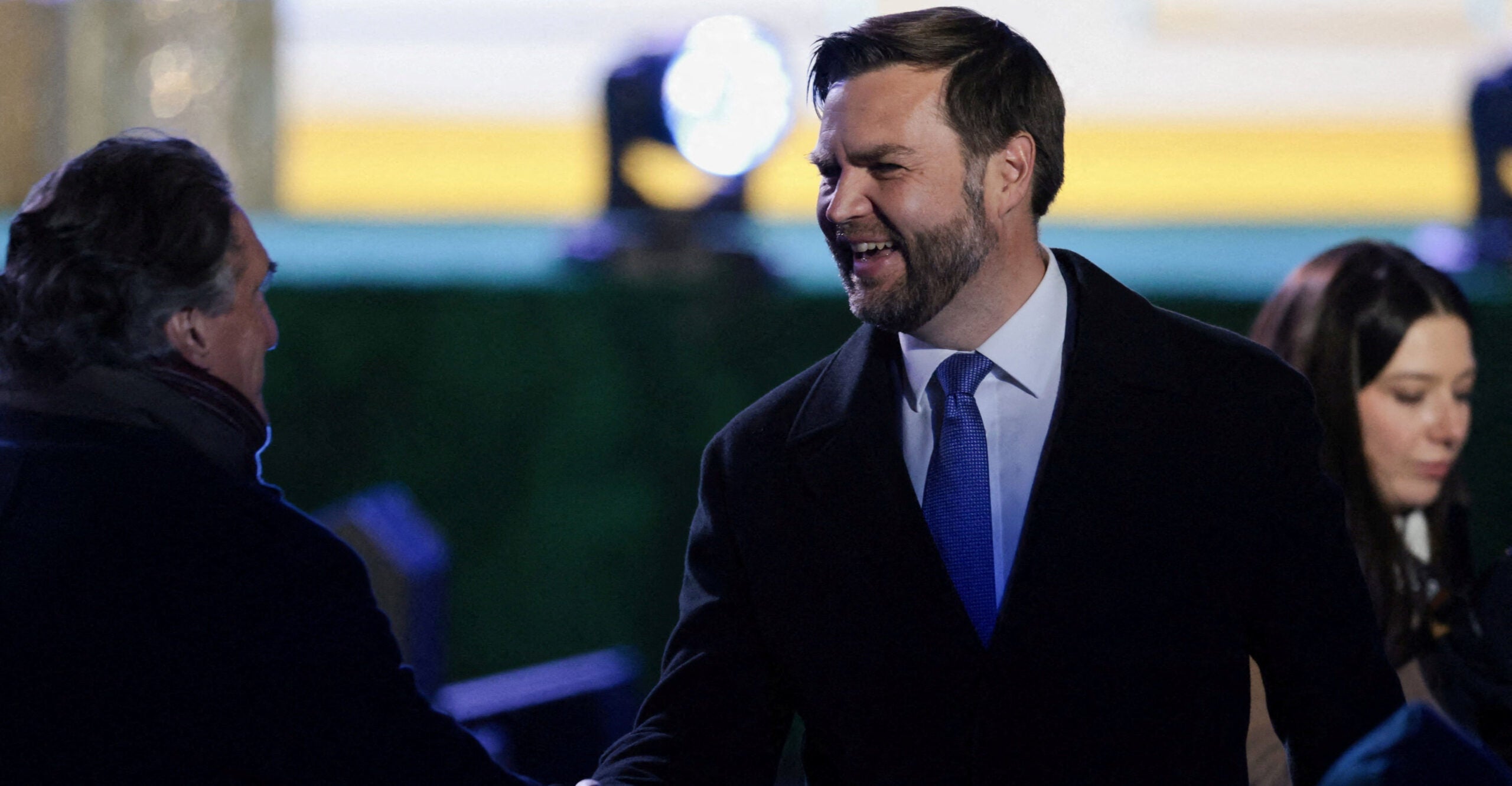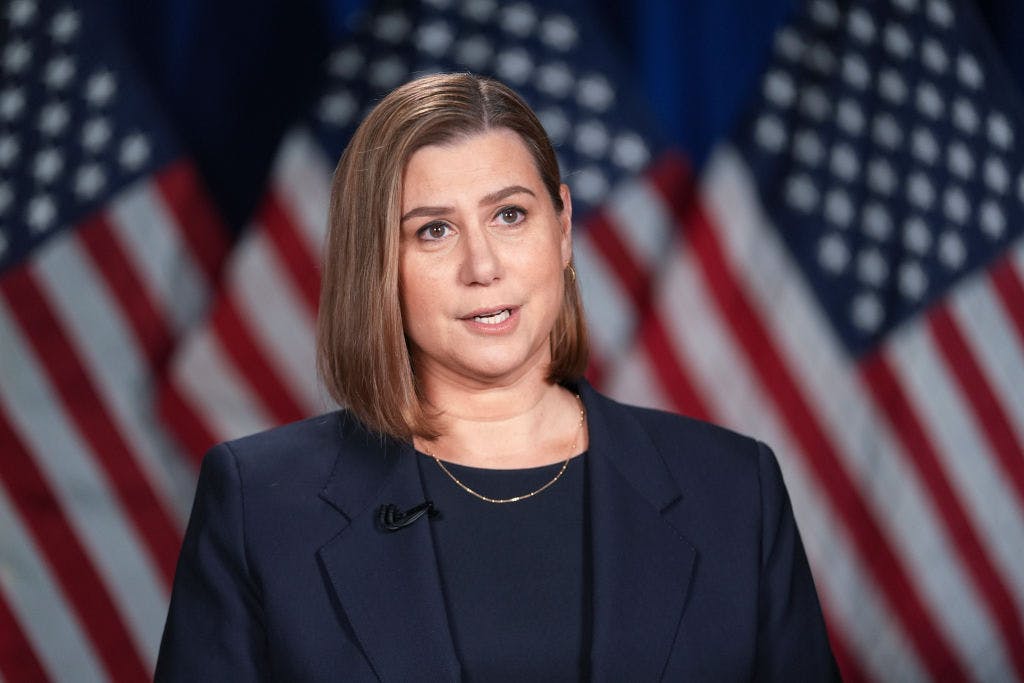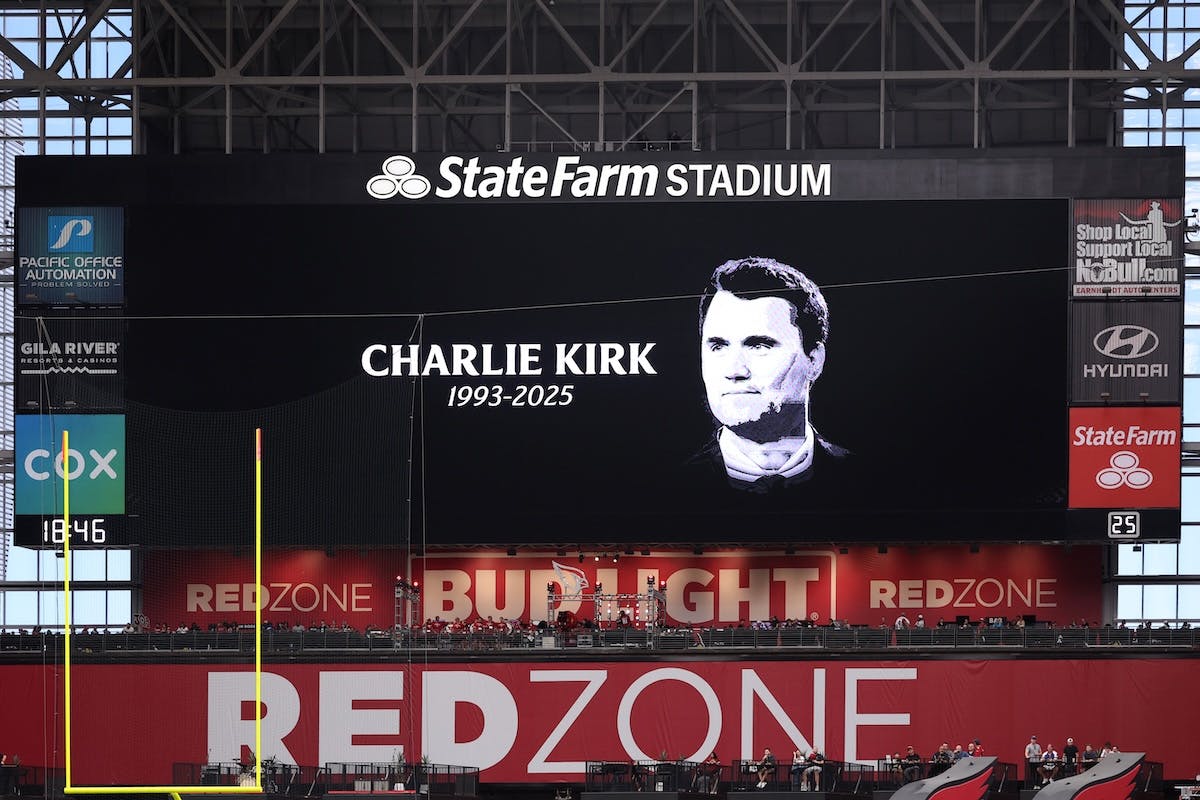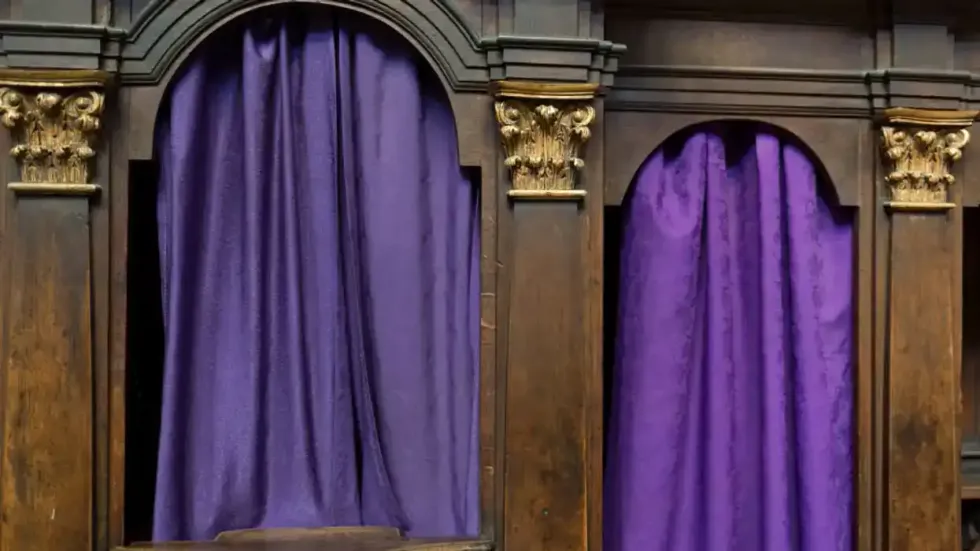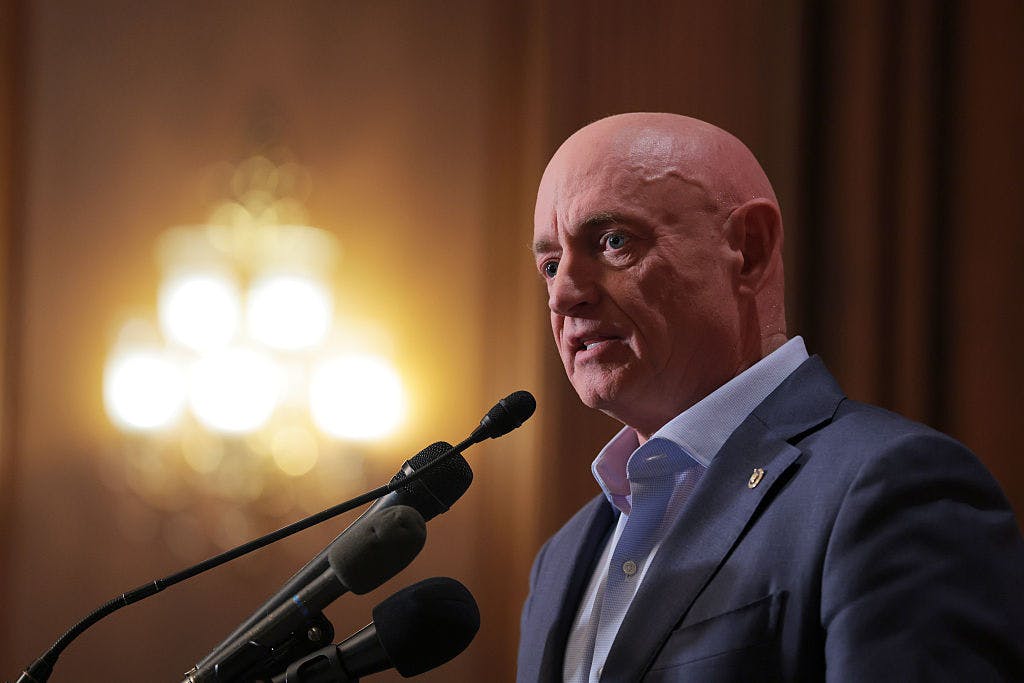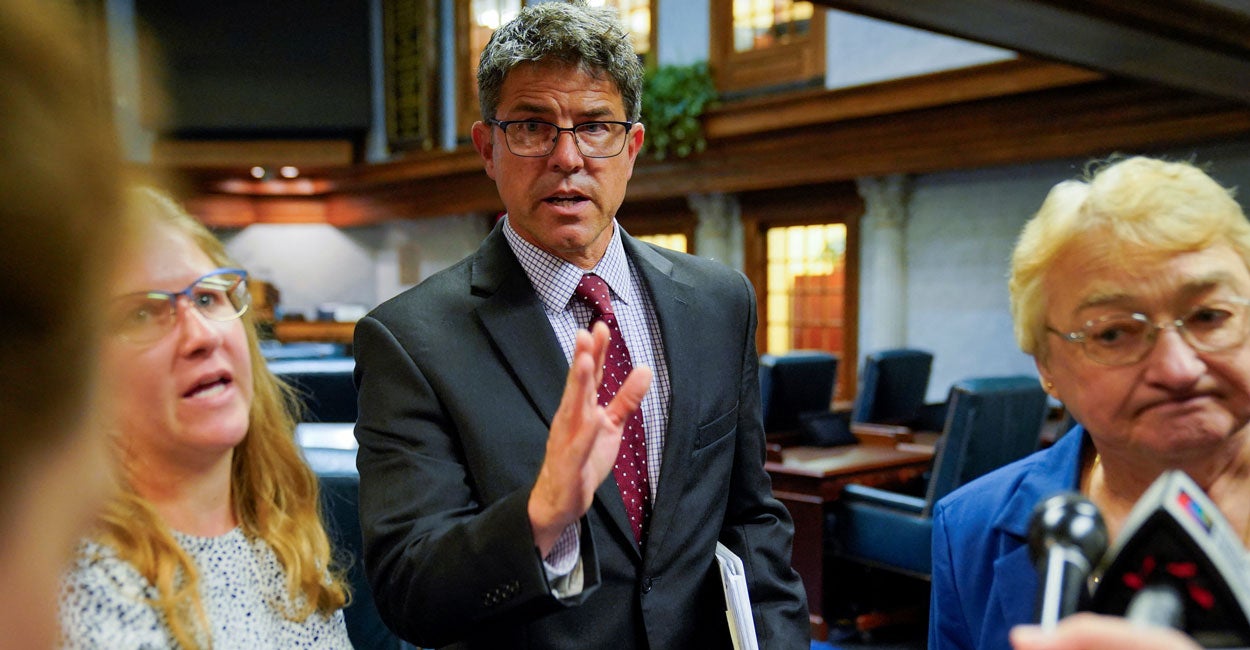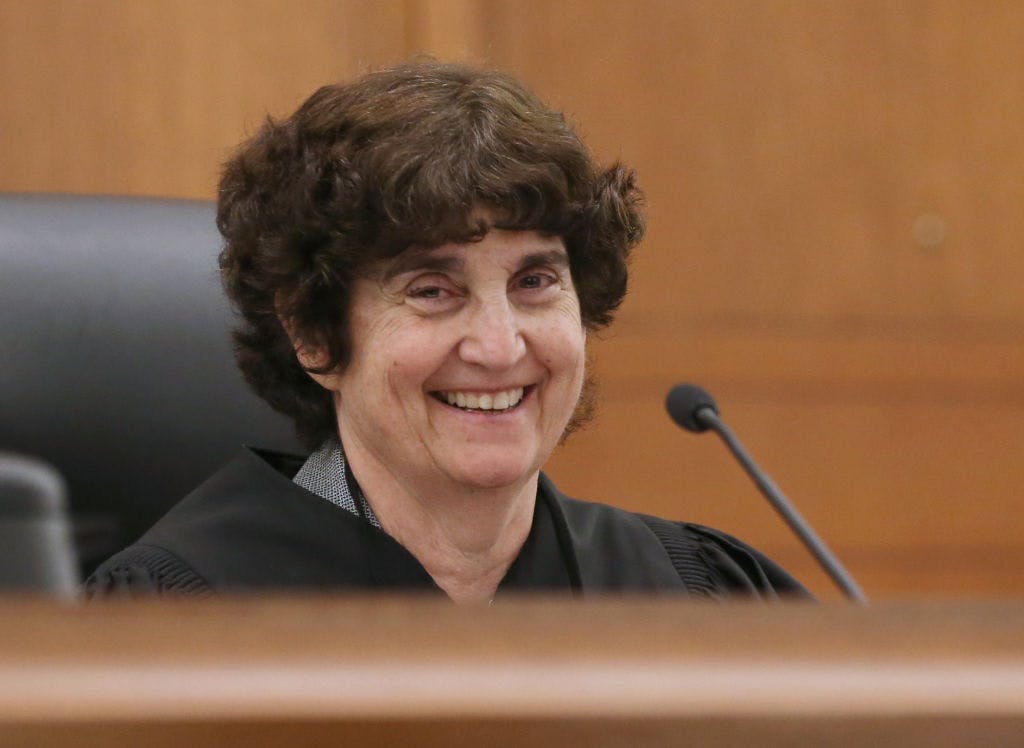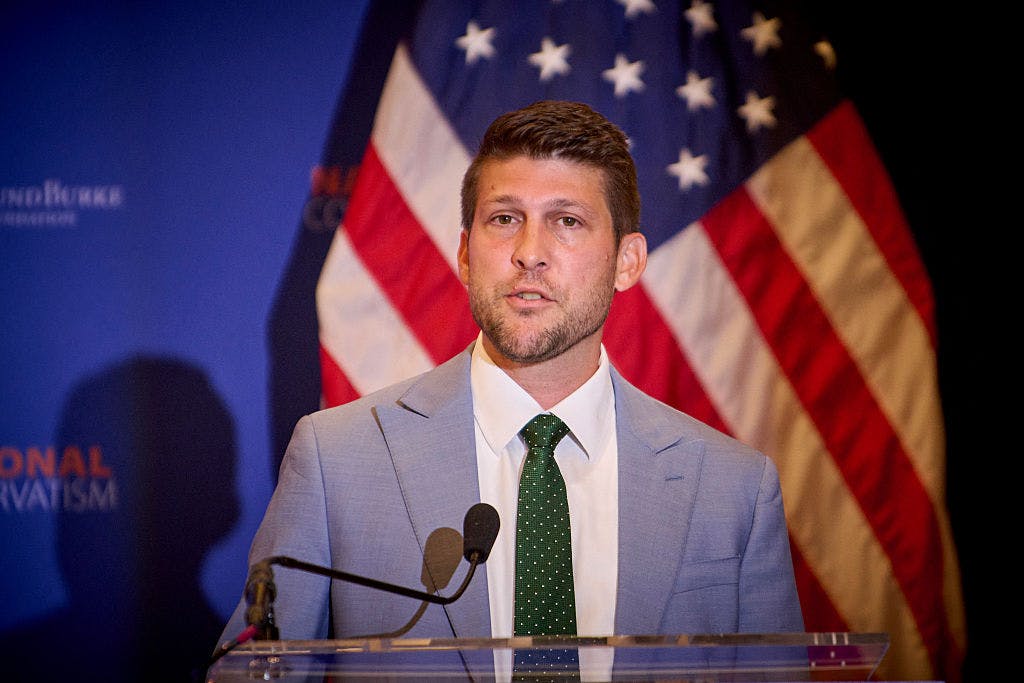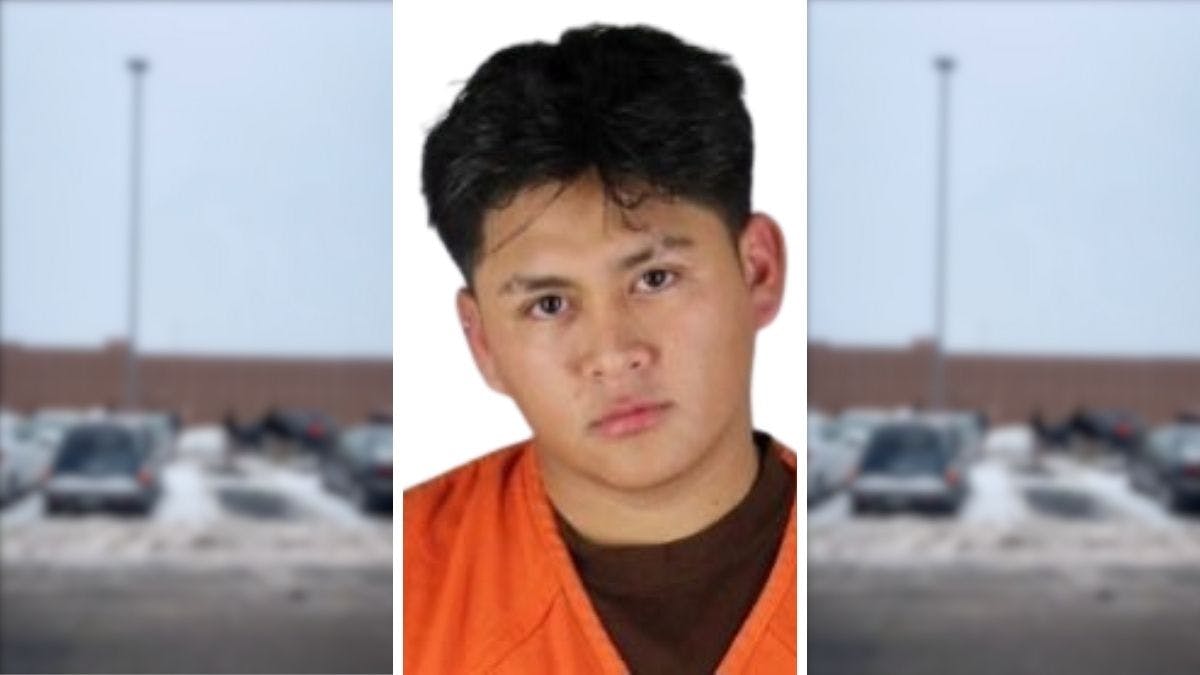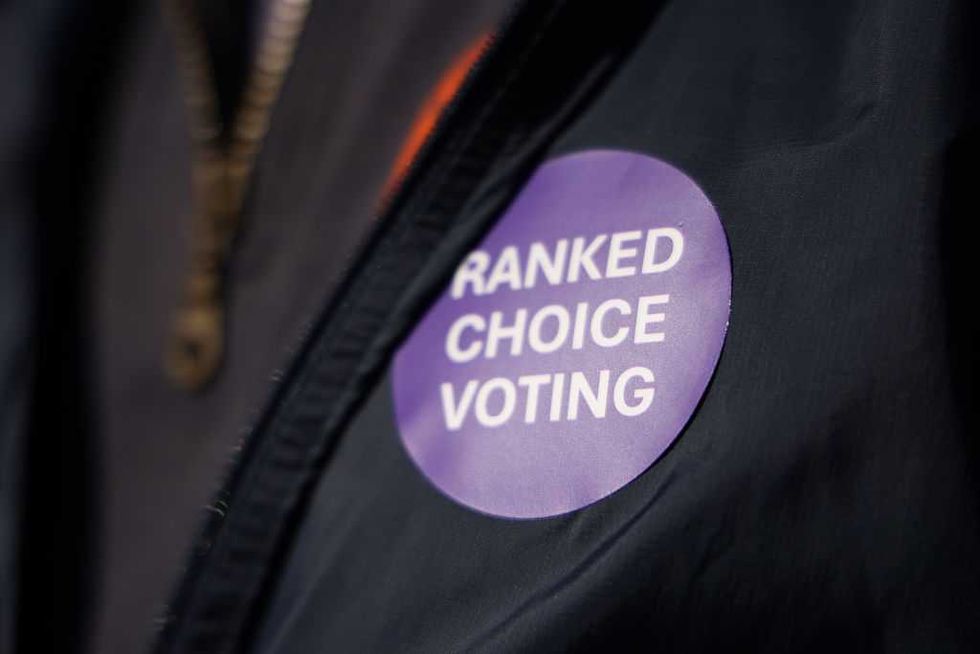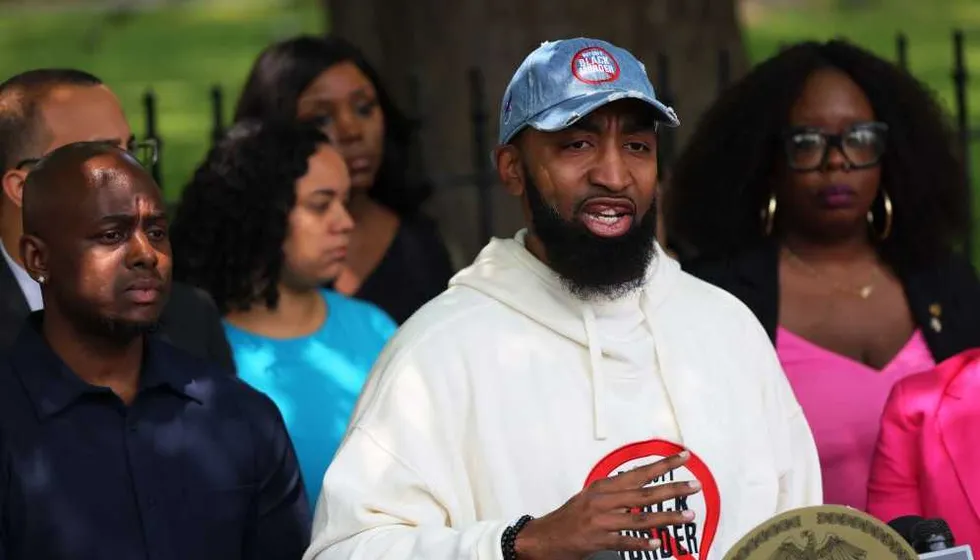Video sleuth challenges FBI Jan. 6 pipe-bomb narrative, unearths new evidence
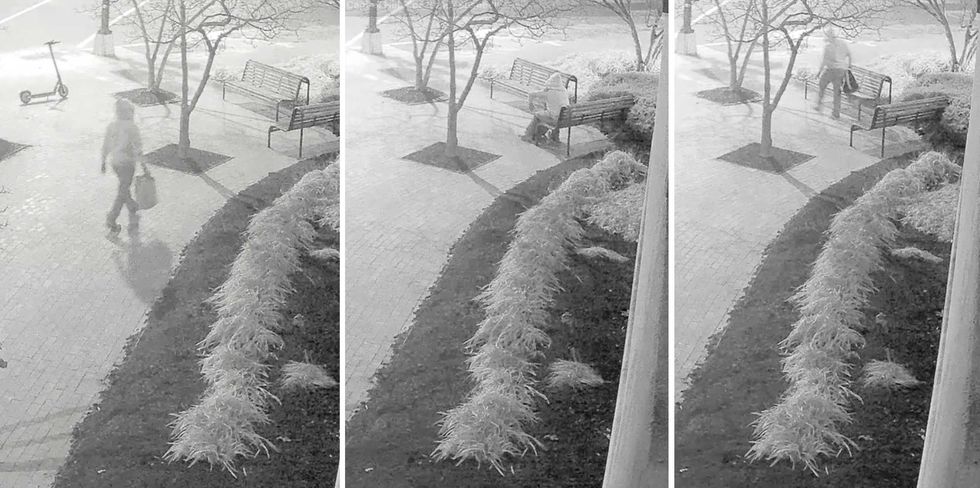
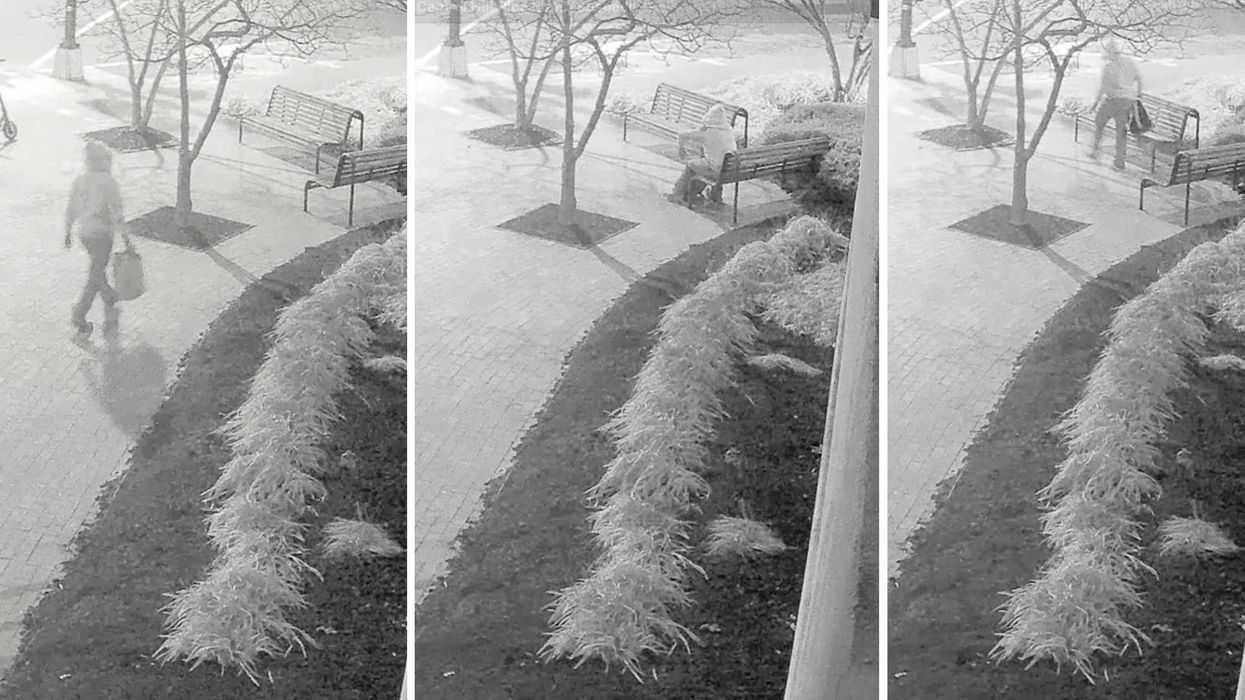
A detailed analysis of the Jan. 6 pipe bombs found new problems with the FBI evidence and advances the notion that the case could turn out to be a government-created hoax.
A video engineer who spent more than a year examining the pipe bomb evidence submitted a 26-page report to the House Select Subcommittee to Investigate the Remaining Questions Surrounding Jan. 6.
‘The dial is upside down and not oriented in a way to wind it or attach the clips.’
Known on social media as Armitas, the analyst was asked on Oct. 4 to submit his report by the legal counsel for the House Committee on the Judiciary. Armitas said he has been working with a Washington-based FBI special agent since March on a forensic re-examination of a case that had seemed no closer to a solution than it was over 1,700 days ago.
Armitas carefully laid out every step the hoodie-wearing suspect took in planting devices at the Democratic National Committee and the Capitol Hill Club, a private Republican social club, on Jan. 5, 2021.
His report includes a number of surprises, including the contention that the DNC pipe bomb was planted on Jan. 5, retrieved a few hours later so it wouldn’t be discovered too soon, and placed again just in time for two police officers to discover it at 1:05 p.m. Jan. 6.
He also says video released by the FBI was digitally altered to make it more difficult to identify a suspect.
The pipe bombs saga began with an account of a ham-handed 5'7" suspect wearing a grey hoodie and rare Nike Air Max Speed Turf sneakers who allegedly planted live pipe bombs on the southwest side of the Democratic National Committee headquarters and the rear of the Capitol Hill Club adjacent to the Republican National Committee headquarters.
In the months and years since, the FBI and Metropolitan Police Department put up a $500,000 reward for clues leading to an arrest in the case. No arrests have been made.
Video probe maps out FBI problems
Armitas said he was told that his report needed to be submitted prior to Oct. 7. He addressed the report to U.S. Rep. Barry Loudermilk (R-Ga.), chairman of the House Select Subcommittee to Investigate the Remaining Questions Surrounding Jan. 6.
‘The physical profile of the device is in the opposite orientation from how it was discovered.’
Armitas’ report says video footage released by the FBI of the hoodie-wearing suspect was digitally altered. Software was used to crop the image area and reduce the video frame rate, he said.
The suspect planted a device under a park bench on the southwest side of the DNC headquarters at 7:54 p.m. on Tuesday, Jan. 5, 2021. While sitting on the bench, the suspect retrieved a phone from a backpack and appeared to send a text message before bending down and laying the device in the mulch.
“After they sit down near the park bench, they plant the DNC device with no apparent attempt to wind or set the device up,” Armitas wrote. “However, the physical profile of the device is in the opposite orientation from how it was discovered.”
RELATED: Bongino may have given big hint about nature of J6-related pipe bomb case
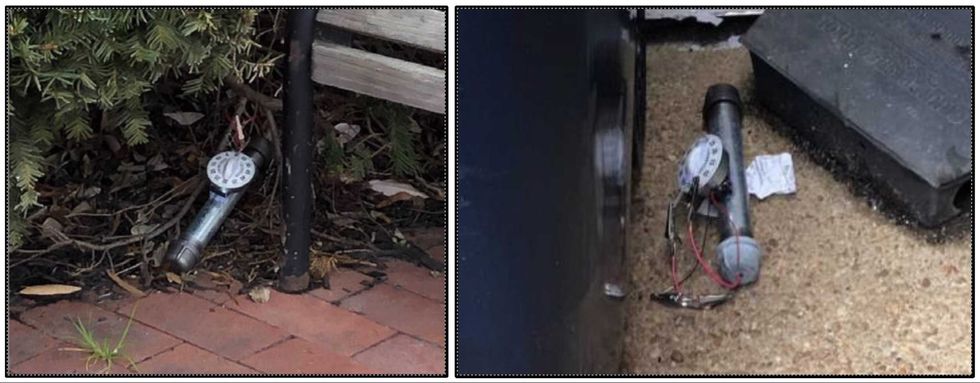 The Jan. 6 pipe bombs found under a bench at the Democratic National Committee (left) and hidden next to garbage bins behind the Capitol Hill Club.FBI photos
The Jan. 6 pipe bombs found under a bench at the Democratic National Committee (left) and hidden next to garbage bins behind the Capitol Hill Club.FBI photos
The pipe bombs each had 60-minute egg timers attached, a detail that makes no obvious sense considering that the devices were planted at least 16 hours before they were discovered.
“We see the short end facing out on the 5th, but on the 6th you see the long end facing out,” the report said of the DNC device. “Notice also that the dial is upside down and not oriented in a way to wind it or attach the clips.”
Video released by the FBI from the southern DNC security camera was originally high-definition footage with a 16:9 aspect ratio, but it was manipulated by software to a 4:3 aspect ratio with a much lower frame rate, Armitas said.
The hoodie-wearing pipe-bomb suspect appears to wave at a Capitol Police SUV along 1st Street Southeast at 8:14p.m. Jan. 5, 2021.BlazeTV/The Mandate
A map video released by the FBI used two camera angles with videos supposedly in sync, but they were actually out of sync by “around 15 seconds,” he said.
“The DNC video has been doctored so much and so hard that it is no longer representative of events in real time,” he said in the report.
The DNC pipe bomb was not found during a Secret Service K-9 security sweep of the DNC building early Jan. 6 for a pending visit of Vice President-elect Kamala Harris.
DNC device apparently retrieved — and replaced by a cop?
Armitas said he believes the DNC device was placed Jan. 5 but retrieved from under the bench shortly before 4:40 a.m. on Jan. 6. The location of the DNC device was too public, and the device had been broken on Jan. 5 when the suspect tried to plant it next to the Congressional Black Caucus Institute, he said.
There was too much of a risk of the bomb being discovered after daylight. Given the Secret Service, Capitol Police, and Metropolitan Police Department presence at the DNC on the morning of the 6th, it seems most likely that the device would be discovered too early, he said.
“There’s almost no possible way that the bomb could have been at the DNC for 17 hours and it not be discovered,” Armitas said.
The pipe bomber originally tried to plant the device under a bush next to the Congressional Black Caucus Institute in the 400 block of New Jersey Avenue Southeast, according to Armitas’ video research.
RELATED: How the Capitol Police were set up to fail on January 6
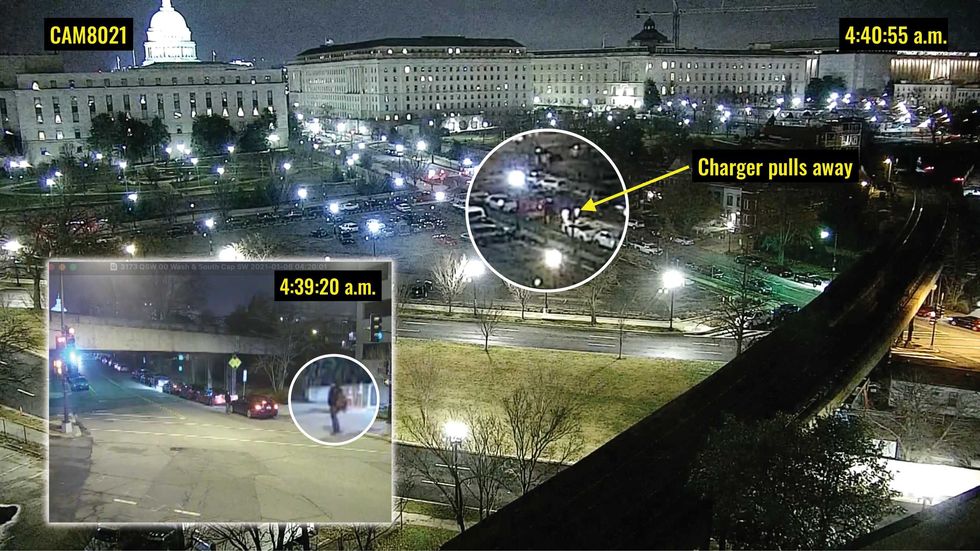 The DNC pipe bomb was retrieved by a man with a red Nike backpack just prior to 4:40 a.m. Jan. 6, who walked north and handed it off to someone in a Dodge Charger, a researcher says.U.S. Capitol Police CCTV
The DNC pipe bomb was retrieved by a man with a red Nike backpack just prior to 4:40 a.m. Jan. 6, who walked north and handed it off to someone in a Dodge Charger, a researcher says.U.S. Capitol Police CCTV
The device broke apart, leaving a piece behind under the bush. The broken component was noticed just after 1 p.m. on Jan. 6 by a construction worker and a short time later by a Capitol Police countersurveillance officer, he said.
Based on his video analysis, Armitas said the DNC bomb was retrieved by a man wearing a red Nike backpack, who took it a couple of blocks north, crossed Capitol Street Southeast, and handed it off to someone in a dark-color Dodge Charger. Armitas tracked the red backpack man to the Rayburn House Office Building after the device handoff.
The device was re-placed at the DNC between 12:50 and 12:52 p.m., about 13 minutes before a Capitol Police countersurveillance team noticed the bomb at the base of a park bench.
According to Armitas' video analysis, the individual who placed the device there appeared to be a law officer.
Journalists and GOP congressional investigators have pointed out for years how the U.S. Secret Service teams at the DNC to protect Vice President-elect Harris acted like the bomb was a dud. After being notified by Capitol Police of the device’s placement feet from the southwest side of the DNC building, Secret Service agents sat in two SUVs finishing their lunches before getting out to investigate.
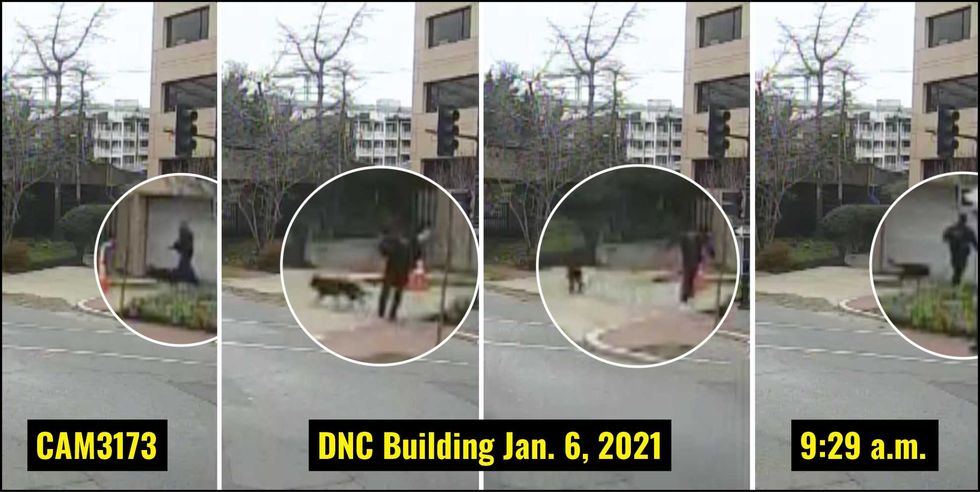 A K-9 unit search along the front of the Democratic National Committee building the morning of Jan. 6 found no evidence of a pipe bomb that would later be found at 1:05 p.m.U.S. Capitol Police CCTV
A K-9 unit search along the front of the Democratic National Committee building the morning of Jan. 6 found no evidence of a pipe bomb that would later be found at 1:05 p.m.U.S. Capitol Police CCTV
The agents milled around the adjacent DNC driveway, on a sidewalk near the park benches, and on the sidewalk along Capitol Street Southeast. Pedestrians walked right past the bomb for more than five minutes. Vehicle traffic on streets surrounding the DNC continued as normal. Several commuter trains rumbled across the trestle just feet from the DNC property.
Agents did not secure Harris and evacuate her from the front of the building for 10 minutes. No buildings were cordoned off, and no safe blast perimeter was established. A uniformed Capitol Police officer tiptoed up to the device to snap a photograph.
A perimeter was eventually established. The DNC bomb was destroyed by a bomb robot at curbside, just feet from the DNC building.
Adding to the confusion, Capitol Police CCTV security cameras on the Fairchild Building and on a traffic pole across from the DNC were turned away from the scene, apparently deliberately, making it nearly impossible to see who re-placed the bomb and who found it.
Camera 3173 — located directly across the street from where the pipe bomb was found at 1:05 p.m. — turned away from the DNC building at 1:29 p.m., before the bomb squad arrived. Camera 8020 — located on the Fairchild Building — was filming the assemblage of the bomb squad on E Street Southeast when it, too, was directed away at 1:44 p.m. to focus on some distant railroad tracks. Camera 8021, which was recording the operations of a bomb robot, suddenly panned away from the scene just before 2:21 p.m.
RELATED: Was the January 6 DNC ‘pipe bomb’ PLANTED by the Secret Service or FBI?
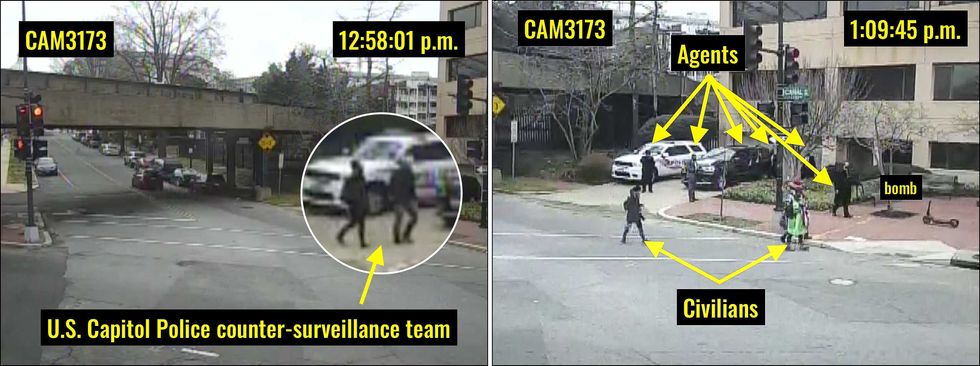 U.S. Capitol Police countersurveillance officers walk past the DNC building seven minutes before returning and discovering the pipe bomb. Once the bomb was discovered, the Secret Service acted as if it was not a threat. U.S. Capitol Police CCTV
U.S. Capitol Police countersurveillance officers walk past the DNC building seven minutes before returning and discovering the pipe bomb. Once the bomb was discovered, the Secret Service acted as if it was not a threat. U.S. Capitol Police CCTV
Capitol Police camera 4502 — mounted on the nearby Capitol power plant — did capture parts of the initial aftermath of the bomb discovery and some of the bomb-robot operations.
Harris — who left the Capitol at 11:22 a.m. despite being a sitting U.S. senator and despite the historic nature of the certification of her election win — never spoke of the alleged danger she was in. Mainstream media never asked Harris if she felt her life was in danger on Jan. 6 after Politico disclosed her presence at the DNC.
According to the investigation done by Armitas, here is how the bombs hoax was set up and carried out on Jan. 5 and 6.
DNC pipe bomb timeline
7:34-7:42 p.m. Jan. 5 — The suspect walked north on New Jersey Avenue and looked down an alley adjacent to the Congressional Black Caucus Institute. The suspect set down the backpack and rose on tiptoes to look northwest toward D Street.
Armitas suggested in the report that the suspect may have been looking for an “overwatch” vehicle driven by someone who would be monitoring USCP radio traffic and security cameras and relaying that intelligence to the suspect.
The suspect then walked north to Capitol and D Streets and returned south after 20 seconds. The suspect got out a cell phone, ostensibly to send a text.
7:43 p.m. — The hoodie suspect sat on a bench next to the DNC and pulled a cell phone from a backpack. The motion of typing text on the phone was almost invisible because the video released by the FBI had been drastically down-sampled.
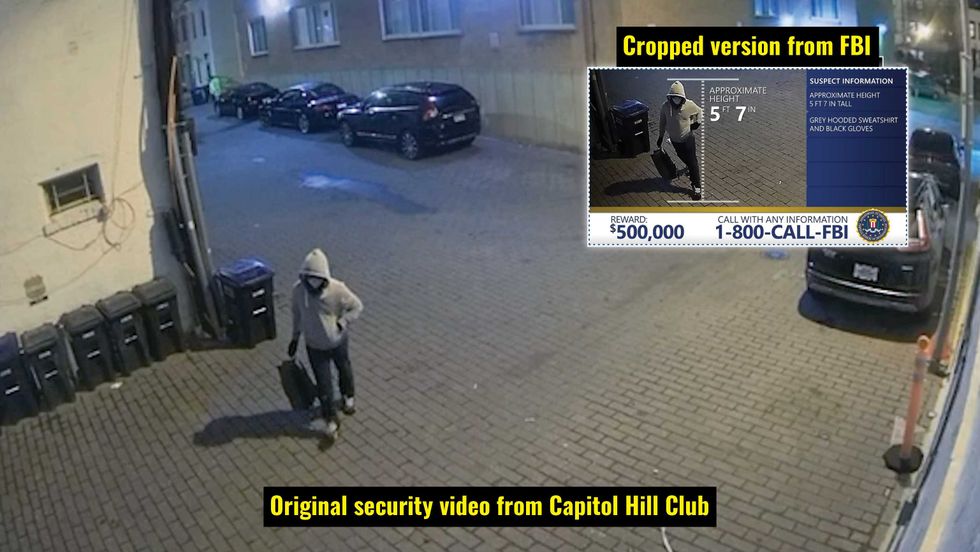 The video of the pipe-bomb suspect released by the FBI was cropped and had the video frame rate down-sampled, an investigator told Blaze News.Capitol Hill Club
The video of the pipe-bomb suspect released by the FBI was cropped and had the video frame rate down-sampled, an investigator told Blaze News.Capitol Hill Club
7:46 p.m. — A Capitol Police officer arrived in the area that the bomber was peering toward minutes earlier. The officer parked a vehicle obstructing the crosswalk and entered the night entrance to the Longworth House Office Building, according to Armitas' video analysis. The officer appeared to stay inside Longworth for three hours, exiting the building at 11:13 p.m. and returning to his vehicle.
7:47 p.m. — The suspect stood and traveled north back to New Jersey Avenue, then detoured west toward the CBCI alley. The suspect sat for about 20 seconds at the base of a large bush and leaned forward into the bush. It became apparent the next morning that a piece of the pipe bomb broke off the device and came to rest under the bush.
7:50 p.m. — The suspect left the CBCI alley, heading toward New Jersey Avenue, then rushed back into the alley to retrieve the backpack. “It is my belief that they received a text and were directed to the DNC,” Armitas wrote.
7:54 p.m. — The suspect sat on the left side of a park bench at the DNC, then stood and moved closer to the end of the bench. The phone appeared to be in the suspect's hands. As the suspect sat back down, the suspect planted the bomb “with no apparent attempt to wind or set the device up,” Armitas said. “However, the physical profile of the device is in the opposite orientation from how it was discovered.”
The short end of the pipe bomb faced out after the suspect laid it down. When Capitol Police found the device some 16 hours later, the long end was facing out and the dial on the egg timer was upside down “and not oriented in a way to wind it or attach the clips,” Armitas wrote.
The suspect left the DNC, traveling north along Capitol Street Southeast, and moved the backpack from the right hand to the left to avoid it hitting a bicyclist on the sidewalk.
7:57 p.m. — Suspect was now wearing the backpack, a change in behavior that “indicates the person planting these devices views them as dangerous, and it means that there was only 1 device carried at a time.” The individual turned to look down the alley beside the CBCI, possibly scanning for the broken piece of the device left behind.
Capitol Hill Club device timeline
8:09 p.m. Jan. 5 — The suspect walked a route toward the Capitol Hill Club and Republican National Committee that minimized possible exposure to Capitol Police security cameras. The suspect entered Rumsey Court and spent four minutes not visible to any security cameras that have been made public.
8:14 p.m. — The suspect left Rumsey Court on the sidewalk along 1st Street Southeast and headed north. As the suspect passed in front of the green awning of the Capitol Hill Club, the suspect appeared to wave and point with the left arm to a Capitol Police SUV driving south on 1st Street. It appeared this waving motion caused a shoulder cramp, as the suspect wrapped the arm across the face and rubbed the shoulder.
Potentially showing familiarity with this neighborhood, the suspect took a mini-shortcut along a short path to the right of the “RNC rock” at 1st and C streets and proceeded east on C.
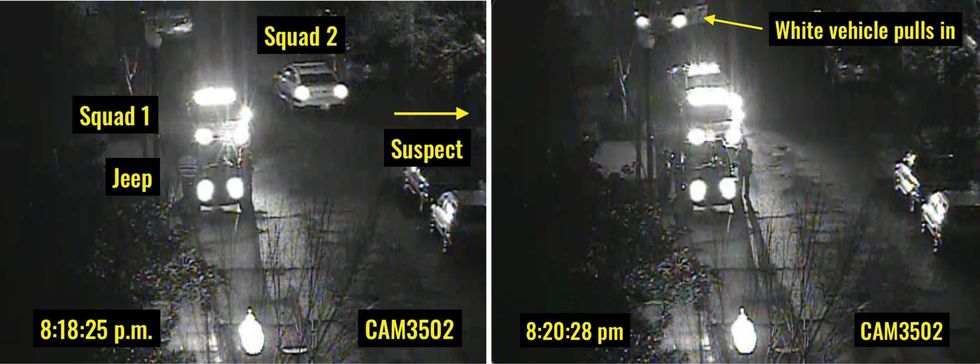 Two U.S. Capitol Police SUVs make a traffic stop across C Street while the pipe-bomb suspect walks down Rumsey Court to place a pipe bomb behind the Capitol Hill Club on Jan. 5, 2021.U.S. Capitol Police CCTV
Two U.S. Capitol Police SUVs make a traffic stop across C Street while the pipe-bomb suspect walks down Rumsey Court to place a pipe bomb behind the Capitol Hill Club on Jan. 5, 2021.U.S. Capitol Police CCTV
8:15 p.m. — It appeared that the suspect attempted to plant a pipe bomb in a bush “outside a congressional dormitory on C Street,” Armitas wrote. He or she was cut short when a Capitol Police SUV with emergency lights on turned onto C Street from 1st Street.
The suspect, ostensibly not knowing that the Capitol Police vehicle was making a traffic stop, fled down the north entrance of Rumsey Court but remained in the area. Security cameras in Rumsey Court captured audio of the suspect’s Nike Air Max shoes emitting a squeaking sound.
Former FBI Special Agent Kyle Seraphin, who worked on the pipe-bombs case several months after Jan. 6, said the USCP vehicles appeared to carry out a blocking maneuver.
“I see a ‘blocking vehicle,’ then they acknowledge [the suspect] and circle back to set up a blocking position,” Seraphin said. “The other vehicle then doubles back to assist.”
8:18 p.m. — The suspect was captured on a security camera rounding the corner of a building on Rumsey Court to plant the device. A widely circulated photo of the suspect released by the FBI came from HD video footage that was cropped to change its aspect ratio, Armitas said.
The suspect planted the device between rolling plastic trash bins along the back wall of the Capitol Hill Club. The area was very remote and would be visible only to someone taking out the trash from the Capitol Hill Club or someone opening the wooden gate and entering the rear of the apartment building at 109 C Street. The building’s laundry facilities were located inside this entrance.
The suspect appears to depart Rumsey Court via a garden at St. Peter’s on Capitol Hill, a Catholic church at 313 2nd St. Southeast.
8:31 p.m. — According to internal USCP communications, the suspect was last seen turning east from 6th Street to D Street, heading toward Eastern Market at 227 7th St. Southeast.
12:40 p.m. Jan. 6 — The Capitol Hill Club pipe bomb was reported to the security officer at the nearby Republican National Committee building just after 12:40 p.m. on Jan. 6. Karlin Younger, then 37, a resident of 109 C Street who went in and out of the laundry room at the rear entrance that faces Rumsey Court, reported the device.
Younger approached the guard shack at the Republican National Committee building. The guards summoned the director of security, Ken Capolino, a former U.S. Capitol Police officer. Capolino snapped a photo of the device next to the trash bin. The photo was sent to the Capitol Police Command Center, former USCP Chief Steven Sund told Blaze News.
“Because this location is so remote, there can be no expectation for this to be discovered naturally at a precise time,” Armitas said. “You must have a dedicated person waiting to make the initial discovery, and that person must have a believable story on why they were at this remote location.”
RELATED: FBI sent 55 agents to the Capitol Jan. 6, none for ‘crowd control,’ former Chief Steven Sund says
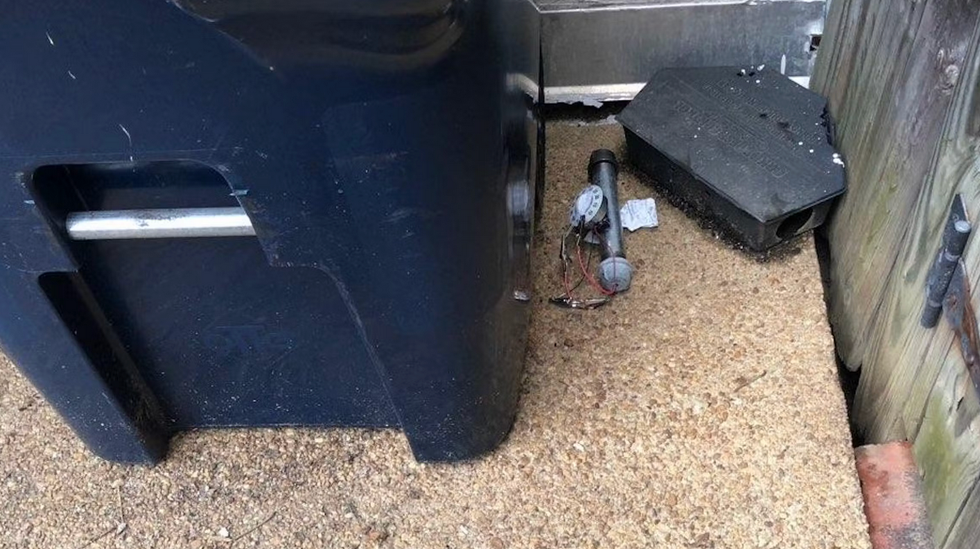 The photo of the Capitol Hill Club pipe bomb was snapped by RNC security director Ken Capolino, a former U.S. Capitol Police officer, at about 12:40 p.m. on Jan. 6, 2021.Ken Capolino via Armitas
The photo of the Capitol Hill Club pipe bomb was snapped by RNC security director Ken Capolino, a former U.S. Capitol Police officer, at about 12:40 p.m. on Jan. 6, 2021.Ken Capolino via Armitas
Younger claims there was no device present next to the trash bins when she first went into and exited from the laundry entrance. This would mean the device would have had to be planted between her first and second trips to the laundry room.
She reported that the egg timer on the bomb read 20 minutes. She said she discerned this detail by leaning down to get a closer look at the device. She said she also leaned in to try to determine whether the bomb was ticking.
A man who works on the ground floor of the Longworth House Office Building, 1 Independence Ave. Southeast, left the Longworth and entered the alley of the Capitol Hill Club carrying a collapsed umbrella. The man was out of the view of security cameras for 18 minutes and departed the court before Younger returned to move her laundry from the washer to the dryer.
Upon returning to the Longworth building, the man was allowed to walk through security without going through the metal detector.
The FBI obtained a geofence warrant for all cellular devices present at the two bomb sites on Jan. 5 and 6. Data for a set of phones contained in the AT&T geofence warrant was allegedly corrupt and unusable, Armitas said.
AT&T referred the FBI to First Responder Network Authority, or FirstNet, a cellular provider for law enforcement and first responders in the D.C. market. “The story of this event states that when a FirstNet employee tried to pull up data for the relevant sections of D.C., it crashed their server and corrupted the data,” Armitas wrote.
All of the civilian devices on the FirstNet system in D.C. were “investigated, apparently to the satisfaction of the FBI,” Armitas wrote, meaning the only remaining data was for encrypted devices belonging to law enforcement or first responders.
Younger, the woman who found the Capitol Hill Club device, was an employee of FirstNet at the time, Armitas wrote. According to online credit records, Younger worked for First Responder Network Authority from Oct. 1, 2016 until Aug. 15, 2021. Her job titles included state plans leads analyst, external affairs, and investment lead.
Blaze News reached out to Younger and the FBI for comment.
Like Blaze News? Bypass the censors, sign up for our newsletters, and get stories like this direct to your inbox. Sign up here!
Originally Published at Daily Wire, Daily Signal, or The Blaze
What's Your Reaction?
 Like
0
Like
0
 Dislike
0
Dislike
0
 Love
0
Love
0
 Funny
0
Funny
0
 Angry
0
Angry
0
 Sad
0
Sad
0
 Wow
0
Wow
0
